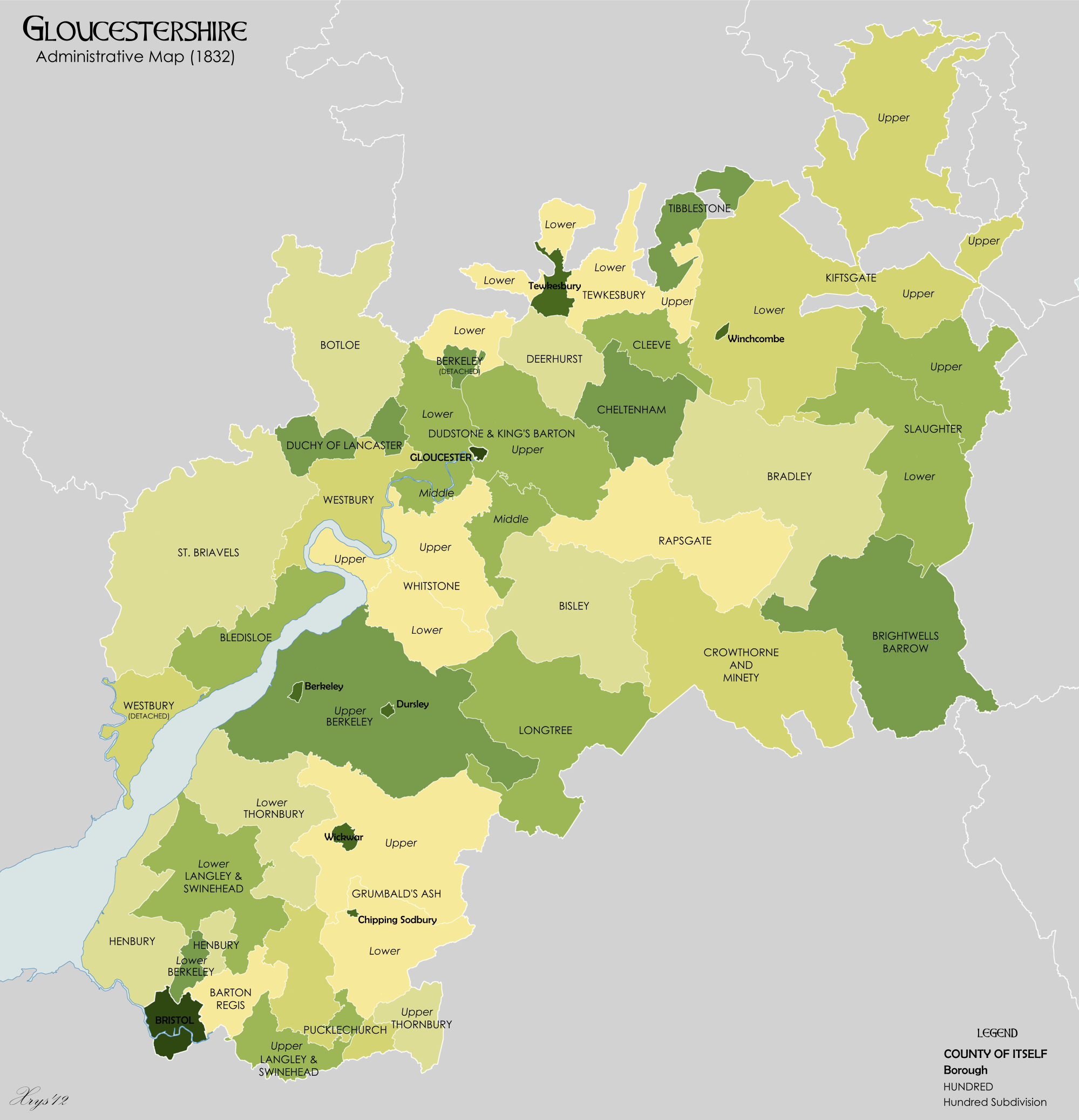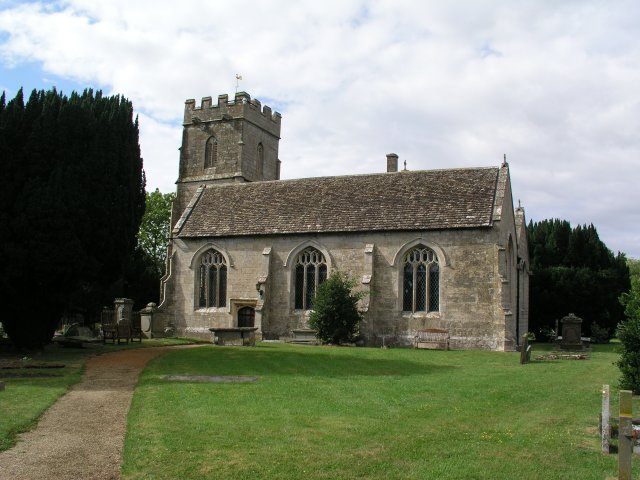|
Whitstone Hundred
Whitstone was an ancient hundred of Gloucestershire, England. From the 13th century it comprised two adjacent divisions, which included the ancient parishes of: ;Lower Division * Eastington *Frampton-on-Severn * Frocester *King's Stanley *Leonard Stanley * Stonehouse * Wheatenhurst (now Whitminster) ;Upper Division *Fretherne * Hardwicke *Haresfield *Longney *Moreton Valence *Randwick *Saul * Standish *Quedgeley (part) The hundred existed at the time of the Domesday Book Domesday Book ( ; the Middle English spelling of "Doomsday Book") is a manuscript record of the Great Survey of much of England and parts of Wales completed in 1086 at the behest of William the Conqueror. The manuscript was originally known by ... in 1086, but covering a smaller area. By 1220 the adjacent Blacklow hundred had been absorbed. ''Blachelaue'' in the Domesday Book contained the parishes of Alkerton (now Eastington), Frampton (-on-Severn), Frocester, (Kings) Stanley, (Leonard) Stanley, Stoneho ... [...More Info...] [...Related Items...] OR: [Wikipedia] [Google] [Baidu] |
Gloucestershire 1832 Map
Gloucestershire ( , ; abbreviated Glos.) is a Ceremonial counties of England, ceremonial county in South West England. It is bordered by Herefordshire to the north-west, Worcestershire to the north, Warwickshire to the north-east, Oxfordshire to the east, Wiltshire to the south, Bristol and Somerset to the south-west, and the Wales, Welsh county of Monmouthshire to the west. The city of Gloucester is the largest settlement and the county town. The county is predominantly rural, with an area of and a population of 916,212. After Gloucester (118,555) the largest distinct settlements are Cheltenham (115,940), Stroud (26,080), and Yate (28,350). In the south of the county, the areas around Filton and Kingswood, South Gloucestershire, Kingswood are densely populated and part of Bristol Built-up Area, Bristol built-up area. For Local government in England, local government purposes Gloucestershire comprises a non-metropolitan county, with six districts, and the Unitary authorities ... [...More Info...] [...Related Items...] OR: [Wikipedia] [Google] [Baidu] |
Hardwicke, Stroud
Hardwicke is a village in the Stroud District of Gloucestershire, England. It is located to the south of the city of Gloucester. The population of the village taken at the United Kingdom Census 2011 was 3,901. With its name deriving from the Old English , "herd endingsettlement", farming is still the major industry of the parish. Hardwicke was once renowned for its ciders and cheese, this may have led to its survival during the battle for Gloucester in the Civil War – neither side wanted to damage a source of much appreciated sustenance. Though there is a typical village green and pond on Green Lane, along with some of the village's oldest cottages, there was never a distinct centre to the village and other parts have a distinct "Victorian" feel. Added to this are the newer developments of the 1970s and 1980s, which have gradually become contiguous with the Quedgeley district of Gloucester to the north. The village had three public houses, 'The Pilot' (on the Gloucester & ... [...More Info...] [...Related Items...] OR: [Wikipedia] [Google] [Baidu] |
Quedgeley
Quedgeley is a town and civil parish in the city of Gloucester district in Gloucestershire, England. A thin strip of land between the Severn and the Gloucester Ship Canal occupies the west, and the south-eastern part of the town is Kingsway Village, directly to the north of which is Tuffley. The civil parish of Quedgeley was transferred to Gloucester district in 1991 and is the only town within the city. The 2011 census recorded a population of 17,519Office for National Statistics 2011 census - Quedgeley civil parish - population density for the parish, which has an area of . Since the 1980s Quedgeley has become increasingly contiguous with Gloucester and [...More Info...] [...Related Items...] OR: [Wikipedia] [Google] [Baidu] |
Standish, Gloucestershire
Standish is a small village and civil parish in the Stroud (district), Stroud non-metropolitan district, local government district in Gloucestershire, England. The village is north-west of Stroud, on the B roads in Zone 4 of the Great Britain numbering scheme, B4008 road to Quedgeley. The parish, which in the United Kingdom Census 2001, 2001 census had a population of 285, also contains the hamlet (place), hamlet of Stroud Green, situated south-east of Standish village. The population had reduced to 227 at the 2011 census. Originally part of the estate of the Baron Sherborne, Barons Sherborne of Gloucestershire, they developed Standish Court as part of their holdings. Abandoned in the 16th century, they then developed Standish House as a country retreat. Having sold Standish Wood to the National Trust for Places of Historic Interest or Natural Beauty, National Trust, they sold Standish House to Gloucestershire County Council post-World War I, on which they developed Standish ... [...More Info...] [...Related Items...] OR: [Wikipedia] [Google] [Baidu] |
Saul, Gloucestershire
Saul is a village and former civil parish, now in the parish of Fretherne with Saul, in the Stroud district, in the county of Gloucestershire, England. In 1881 the parish had a population of 597. On 24 March 1884 the parish was abolished to form Fretherne with Saul; part also went to Moreton Valance and Standish. Saul Junction The village lends its name to the nearby junction of the Stroudwater Navigation and the Gloucester and Sharpness Canal, a unique example of a crossing between two separately-owned canals. This is a popular and busy area, with three swing bridges, an active boatyard including dry dock, a visitor centre operated by the Cotswold Canals Trust and a Canal & River Trust office, historically significant listed structures, a rowing club, car parks and a café, a marina including chandlery, boat hire and charitable excursions, extensive towpath moorings, a variety of walking routes around and along the two canals, and community events such as carol singing ... [...More Info...] [...Related Items...] OR: [Wikipedia] [Google] [Baidu] |
Randwick, Gloucestershire
Randwick is a village bordering the market town of Stroud in Gloucestershire, England, the United Kingdom. It is known locally for its folk traditions such as the Randwick Wap, a celebration of May Day, and its annual pantomime. The population at the 2011 census was 1,423. Governance The village falls part of the ' Randwick, Whiteshill and Ruscombe' electoral ward A ward is a local authority area, typically used for electoral purposes. In some countries, wards are usually named after neighbourhoods, thoroughfares, parishes, landmarks, geographical features and in some cases historical figures connected t .... This ward stretches from Randwick north easterly to Whiteshill. The total ward population at the 2011 census was 1,747. The civil parish was renamed from Randwick to Randwick and Westrip on 1 August 2015. Westrip is an outer suburb of Stroud, south of Randwick, which may have been within the parish beforehand. Randwick Wap The Wap is an annual series of events du ... [...More Info...] [...Related Items...] OR: [Wikipedia] [Google] [Baidu] |
Moreton Valence
Moreton Valence is a village and civil parish south-west of Gloucester, Gloucestershire, England. The village is on the A38, just east from the river Severn. The estimated population of the civil parish in 2016 was 165. The Gloucester and Sharpness Canal runs through the parish, with Parkend Canal bridge and Grade II listed Parkend Bridge House at the centre of the village. The village church, St Stephen's, is Grade I listed. There are other Grade II listed buildings within the village including Barracks Farmhouse, Mansfield House and Oakey Farmhouse. Most of the houses in Moreton Valence are built using Cotswold limestone. RAF Moreton Valence was opened here in November 1939 and closed in July 1962. The airfield was to the east of the village between the A38 and B4008. During the Second World War the Gloster Aircraft Company The Gloster Aircraft Company was a British aircraft manufacturer from 1917 to 1963. Founded as the Gloucestershire Aircraft Company Limited durin ... [...More Info...] [...Related Items...] OR: [Wikipedia] [Google] [Baidu] |
Longney
Longney is a village in the civil parish of Longney and Epney, in the Stroud district, in Gloucestershire, England, on the River Severn 5 miles south-west of Gloucester. The parish is long and narrow and the main trades are agricultural, with several farms throughout. Longney is the Saxon name meaning a long island. The population of the Longney and Epney parish is 285 (2011). Two roads run through the village. The first, Longney Road, leads to Elmore and Hardwicke, the other to Epney. Many houses were built in conjunction with the Gloucester and Sharpness Canal, brick construction provided by local brick works. Thatching for houses was from the reed beds at Frampton-on-Severn. The local school is a Church Of England Primary. The Grade I listed village church dedicated to St Laurence dates to the 13th century, and has a 14th-century tower. The ecclesiastical parish is part of the benefice of Hardwicke and Elmore with Longney, which is part of the Diocese of Gloucester Th ... [...More Info...] [...Related Items...] OR: [Wikipedia] [Google] [Baidu] |
Haresfield
Haresfield is a village near Gloucester, Gloucestershire Gloucestershire ( , ; abbreviated Glos.) is a Ceremonial counties of England, ceremonial county in South West England. It is bordered by Herefordshire to the north-west, Worcestershire to the north, Warwickshire to the north-east, Oxfordshire ..., England around one mile from Junction 12 of the M5 motorway and between the villages of Brookthorpe, Harescombe and Hardwicke. The population of the village taken at the 2011 census was 378. The Mount, a moated site to the west of the current village may have been the site of the earliest settlement. The church was built nearby in the mid-12th century, while the village developed to the east. Haresfield today is a largely residential village with a pub, The Beacon Inn. The church, which is dedicated to St Peter, is apart from the village itself and accessed by a public right of way on a private drive. Haresfield Court (originally Moat Place) was built c.1676 and enla ... [...More Info...] [...Related Items...] OR: [Wikipedia] [Google] [Baidu] |
Fretherne
Fretherne is a small village and former civil parish, now in the parish of Fretherne with Saul, in the Stroud district, in Gloucestershire, England, situated between the larger villages of Frampton-on-Severn and Arlingham. In 1881 the parish had a population of 239. In the Domesday Book of 1086 it is recorded as held by Turstin FitzRolf. The village name probably originates from Old English 'Frithorne,' meaning 'Freo's thorn.' A public footpath 50 metres west of the church leads to Hock Cliff at the River Severn The River Severn (, ), at long, is the longest river in Great Britain. It is also the river with the most voluminous flow of water by far in all of England and Wales, with an average flow rate of at Apperley, Gloucestershire. It rises in t ... (at its widest pre-estuary point), which is popular with fossil hunters. On 24 March 1884 the parish was abolished to form "Fretherne with Saul". See also * Fretherne Court References External links {{authority co ... [...More Info...] [...Related Items...] OR: [Wikipedia] [Google] [Baidu] |
Hundred (county Subdivision)
A hundred is an administrative division that is geographically part of a larger region. It was formerly used in England, Wales, some parts of the United States, Denmark, Sweden, Finland, Norway, and in Cumberland County, New South Wales, Cumberland County in the British Colony of New South Wales. It is still used in other places, including in Australia (in South Australia and the Northern Territory). Other terms for the hundred in English and other languages include ''#wapentake, wapentake'', ''herred'' (Danish and Bokmål, Bokmål Norwegian), ''herad'' (Nynorsk, Nynorsk Norwegian), ''härad'' or ''hundare'' (Swedish), ''Harde'' (German), ''hiird'' (North Frisian language, North Frisian), ''kihlakunta'' (Finnish), and ''cantref'' (Welsh). In Ireland, a similar subdivision of counties is referred to as a Barony (Ireland), barony, and a hundred is a subdivision of a particularly large townland (most townlands are not divided into hundreds). Etymology The origin of the division of ... [...More Info...] [...Related Items...] OR: [Wikipedia] [Google] [Baidu] |




